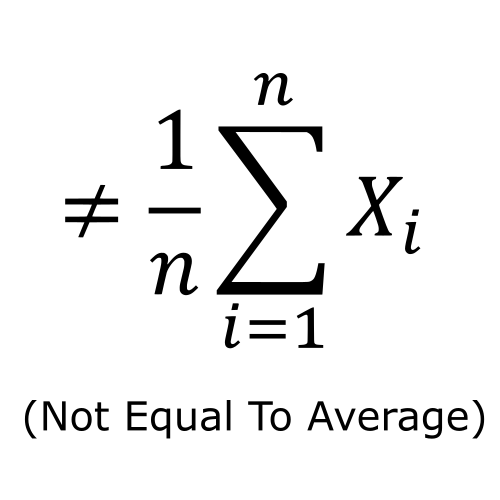When to Plant Your Garden: Timing is Everything!
Ah, spring! The time when flowers bloom, birds sing, and—if you’re a gardener—your dreams of homegrown tomatoes dance in your head. But wait! Before you grab that spade and get to digging, let’s talk about the most crucial question on every gardener's mind: When is the best time to plant a garden?
The Golden Rule of Gardening: Timing is Key
Just like a good pizza, a successful garden needs the right ingredients—and timing is one of them! Plant too early, and your precious seedlings might get frosted or drown in unexpected spring showers. Plant too late, and you’ll be staring at a barren patch when everyone else is enjoying their homegrown bounty. So, let’s dig into the details!
Know Your Zone: The USDA Plant Hardiness Zones
First things first, you need to know your USDA Plant Hardiness Zone. This nifty little system divides North America into zones based on average annual minimum winter temperatures. Depending on where you live, your planting schedule will vary. Here’s how to figure it out:
- Check the USDA Map: Find your zone based on your location.
- Know Your Last Frost Date: This is your cue to start planting.
- Check the Weather: Keep an eye on that forecast, my friend!
When to Plant: A Guide by Season
Spring Planting
Spring is the most popular planting season. Here’s how to make the most of it:
- Cool-Season Crops: Start these in early spring (think peas, spinach, and lettuce!).
- Warm-Season Crops: Wait until the last frost has passed (hello, tomatoes and peppers!).
Summer Planting
Can you plant in summer? You bet! Just keep in mind:
- Late Summer Planting: Some veggies love the heat—think beans and squash.
- Fall Crops: It's time to plant your fall crops, like kale and Brussels sprouts!
Fall Planting
Yes, you can plant in the fall, too. It's all about timing:
- Perennials: Fall is a great time to plant these, as they’ll have the winter to settle in.
- Spring Bulbs: Get those tulips and daffodils in the ground now for a colorful spring surprise!
Winter Planting
Not much planting happens in the dead of winter, but there are still things you can do:
- Plan Your Garden: This is the time for daydreaming about your future garden.
- Start Indoor Seeds: You can sprout some herbs or veggies indoors to get a jumpstart!
Tips for Timing Your Planting
Here are some quick tips to help you get the timing just right:
- Use a Garden Calendar: Keep track of planting dates for different crops.
- Observe Your Garden: Pay attention to the weather, soil temperature, and local wildlife.
- Consult Local Gardeners: Your neighbors can be a goldmine of info!
Frequently Asked Questions
1. What happens if I plant too early?
Planting too early can expose your plants to frost, which can kill young seedlings. Always check your local frost dates!
2. Can I plant vegetables in the winter?
While most vegetables aren’t suitable for winter planting, you can start certain seeds indoors or plant hardy perennials outside.
3. When is the best time to plant tomatoes?
Tomatoes should be planted after the last frost date in spring when the soil has warmed up—usually late spring!
4. How can I tell if the soil is ready for planting?
Soil should ideally be warm (around 60°F for most vegetables) and crumbly, not sticky. You can do a simple test by grabbing a handful—if it holds together, it’s too wet!
5. What are some good tools for planting?
Great question! A good trowel, garden fork, and planting guide are essentials. Check out some recommendations here: Garden Trowel, Planting Guide.
Conclusion: Get Planting!
Now that you’re armed with all this timing knowledge, it’s time to get out there and start your garden! Remember, gardening is as much about patience as it is about timing. So grab your spade, a comfy pair of gloves, and enjoy the process. Happy planting!
---